How is wildlife impacted by urban landscapes, navigating the various challenges they pose, with certain species emerging as unexpected beneficiaries of this evolving urban ecology?
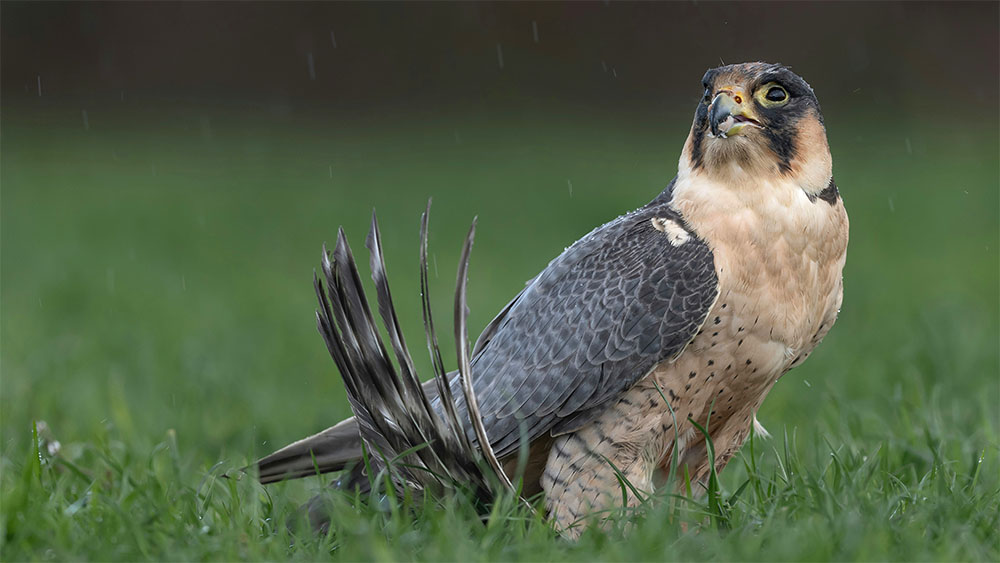
The Peregrine Falcon, the world’s fastest bird, once nested on remote cliffs, diving from dizzying heights in a breathtaking hunt. Today, it mirrors that centuries-old habit but from the ledges of skyscrapers and high-rise towers. The city has become its new cliffside.
But this adaptation comes with risks. Beneath its sleek feathers and powerful wings lies growing uncertainty about whether the next generation can survive in a world of glass walls, neon lights, and the constant threat of traffic far below.
“Churches and cathedrals are made out of limestones and sandstones that replicate the cliff Peregrines are used to,” says Ed Drewitt, a naturalist who has studied Peregrines for 24 years, who has noticed they have adapted to the urban way of life.
“Urban junk like telecommunication towers replicate trees. There are places in cities like Cardiff that replicate natural ledges and crevices for them to nest on,” says Ed.
Urbanisation has radically transformed landscapes, reshaping the natural world in ways both seen and unseen. As cities expand, wildlife is forced to navigate an environment full of challenges, from towering buildings to bustling streets.
“Urban expansion provides lots of challenges,” says Dr. Jim Vafidis, who transforms research into practical ecological solutions through collaboration. “The direct challenge is loss of coherent and continuous habitats. While the indirect challenges are things like more artificial light at night and more noise, which can be a major deterrent to most nocturnal species that require darkness and quiet.”
Urbanisation is the growth of cities with more buildings and people. This leads to environmental damage such as habitat loss, pollution, and noise, which affects various species. But amidst the concrete and chaos, there are glimpses of resilience and adaptation.
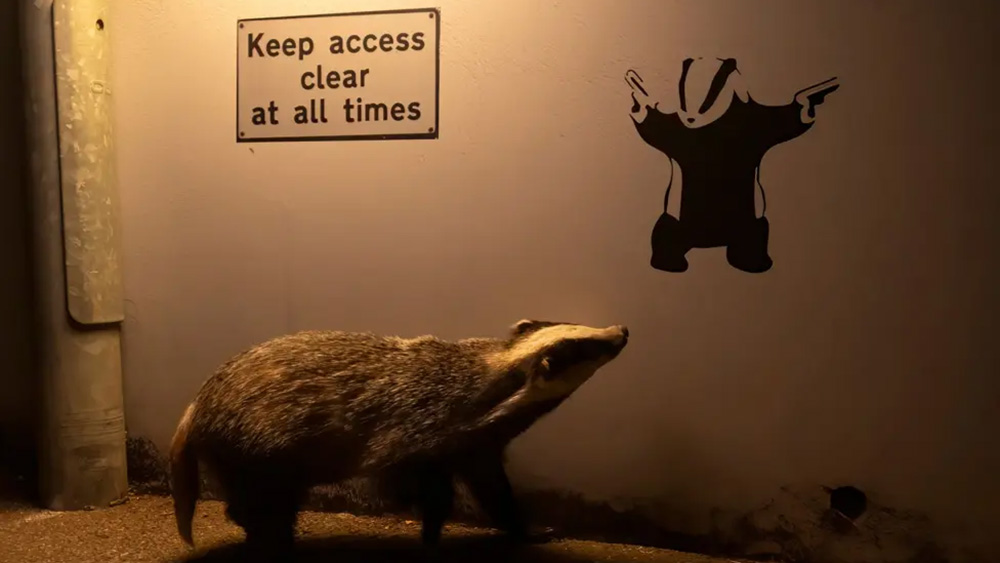
One such instance was captured in a photograph by British photographer Ian Wood in East Sussex. His shot of a badger gazing up at a graffiti replica of itself, while it snuffled at the remains of the scraps left for foxes, won the Natural History Museum’s People’s Choice Award for Wildlife Photographer of the Year. As reported by The Guardian, the photo serves as a stark reminder of how wildlife continues to move and adapt in our increasingly dynamic urban spaces.
Dr Rob Thomas, who has studied animal behaviour in changing environments for more than 20 years, says there are factors other than infrastructure, light and noise influencing wildlife existence in cities.
“The other kinds of changes in urban environments are often food supply,” says Rob. “There is a lot of wasted food around the animals in the city that they like. Foxes, rats and even stray cats can subsist on these. Around Cardiff, there is a lot of wasted food, especially near pubs and eateries.”
Wildlife struggles to adapt to the fast-paced, high-risk urban environment. According to the National Centre for Biotechnological Information, noise and constant activity of people and vehicles can be stressful and confusing for animals.
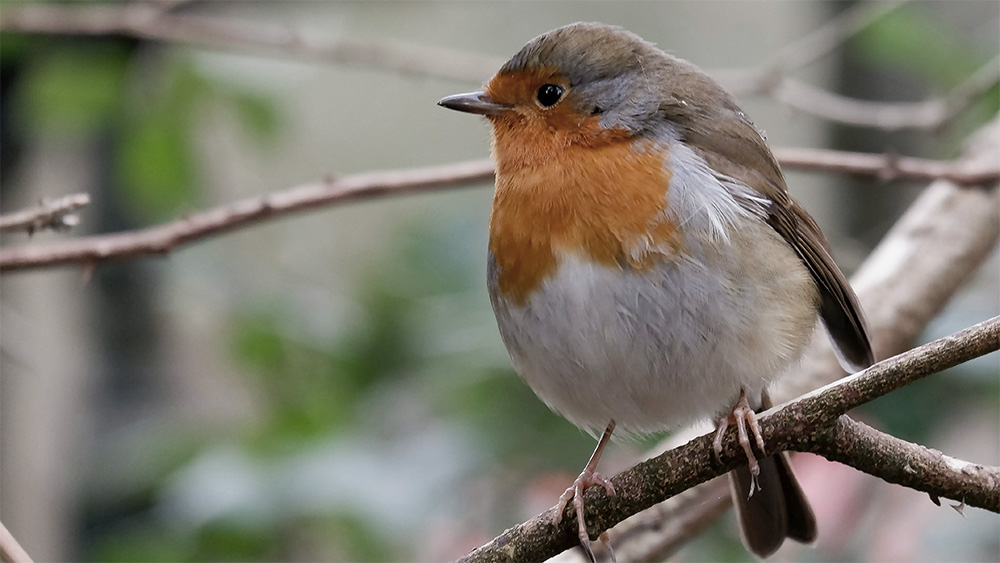
Rob has studied several patterns in behaviours of birds in cities, he says, “Birds have larger eyes and hence are more receptive to the bright fluorescent lights of the cities. There have been patterns noticed where Robin birds sing at night more, instead of at dawn.”
Nocturnal hunters, such as owls and bats, rely on darkness to spot prey, but bright city lights make this difficult. The artificial lighting also disorients wildlife, increasing the risk of collisions with buildings and roads. City lights make them hunt all day, which affects their stress levels.
The National Science Foundation says light pollution interferes with their mating calls and nesting habits, reducing reproductive success. These challenges make it harder for wildlife to survive and thrive in increasingly urbanised environments.
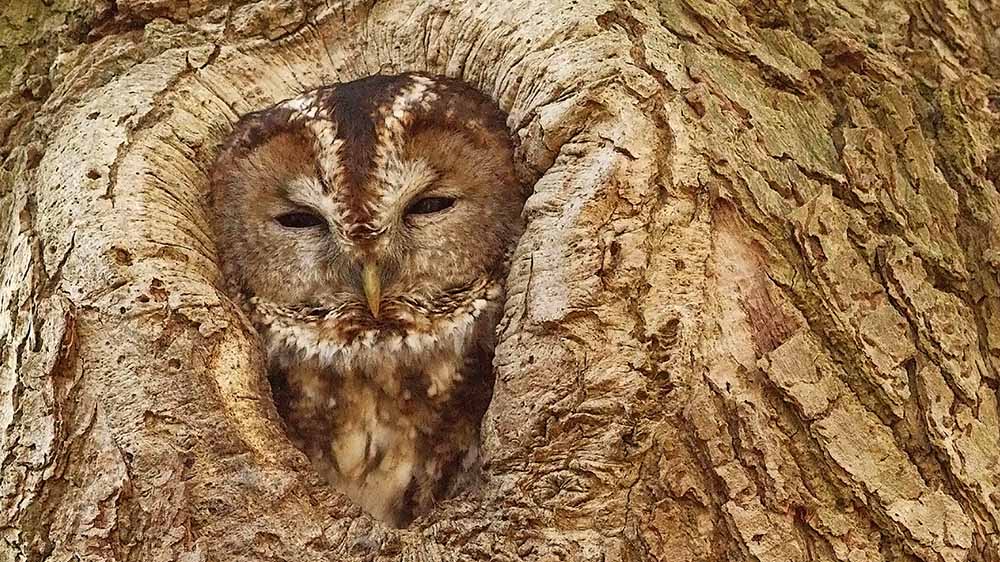
Jim Vafidis also considers river pollution a threat to urban wildlife, especially amphibians. He says, “A major issue that no one thinks about is the fact that most big cities develop within the catchment of a major river. Many big cities are built near major rivers, allowing pollution and runoff to enter the water. This causes algae growth, reduces oxygen, and introduces harmful chemicals like drugs and industrial compounds, negatively affecting aquatic life, which could be prevented.
Cities can be challenging environments for wildlife, with noise, crowded spaces, and constant artificial lighting making movement difficult. However, there are certain species that fare better in urban than rural settings.
UK hedgehog population has declined by 30% in urban gardens since 2000, with less than a million remaining in the wild due to environmental poisons, litter, road accidents, and habitat loss. “Cardiff University campus, especially, is quite good for hedgehogs. They can get killed by other wildlife like Badgers, and in the middle of the city, the university usually doesn’t have Badgers, and so it’s a predator-free environment,” says Rob. “Foxes don’t seem to eat hedgehogs, so that’s not a problem for the hedgehogs even though we have an abundance of foxes here.”
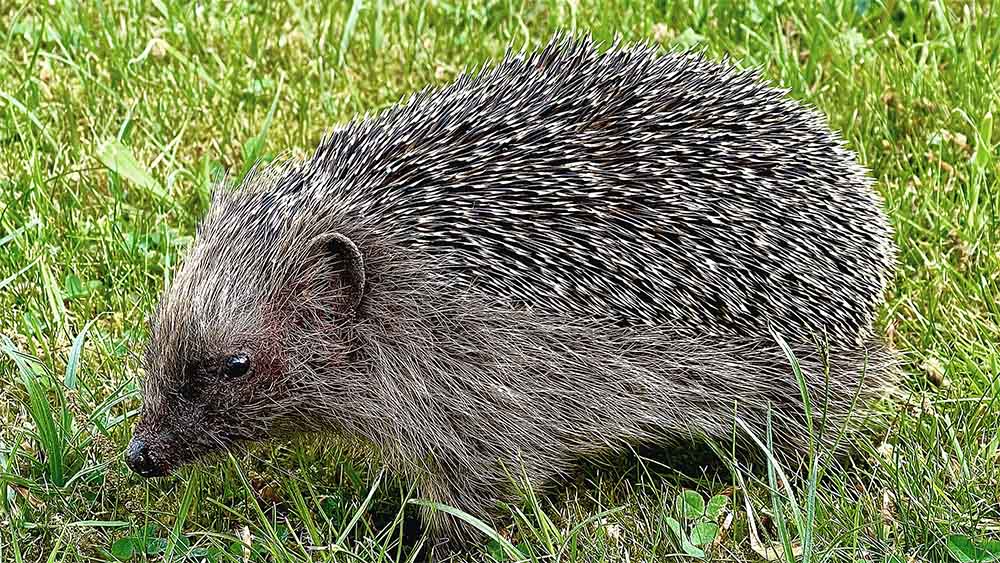
In cities, temperatures are usually higher than in the surrounding countryside due to the “urban heat island” effect, where buildings and streets trap heat. This can be a big change for animals that are used to colder temperatures. For example, small birds that sleep overnight need fewer fat reserves to stay warm since the city stays warmer than their natural habitats, making it easier for them to survive the night. This helps small birds like Robins survive.
Rob says, “It is because Cardiff has got green corridors, as we call them, running into the middle of the city. There’s Bute Park. Well, hills above Cardiff, and the Taft Trail cycle path along the river. It has also got a lot of small woodlands amongst the houses, and it is these patchwork of places for animals to live among people that it’s quite effective really.”
CREAF says some animals have learned to live well in cities by changing their habits to suit urban life. For example, birds might feed early in the morning or late at night to avoid crowds. Animals like raccoons and foxes become active at night when it’s quieter. They also find new food sources, like food scraps. Over time, these animals have become more adaptable, finding clever ways to survive and even thrive in cities.
Jim Vafidis emphasises that despite progress, much more needs to be done to ensure the continued coexistence between urban development and wildlife through effective conservation efforts.
“A better local development strategy that coordinates development and natural spaces in a way that creates a resilient green infrastructure, rather than relentless nibbling away at natural spaces,” says Jim. “More connection with people and their local area to make it greener and better connected.”
